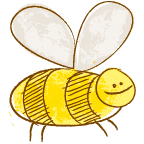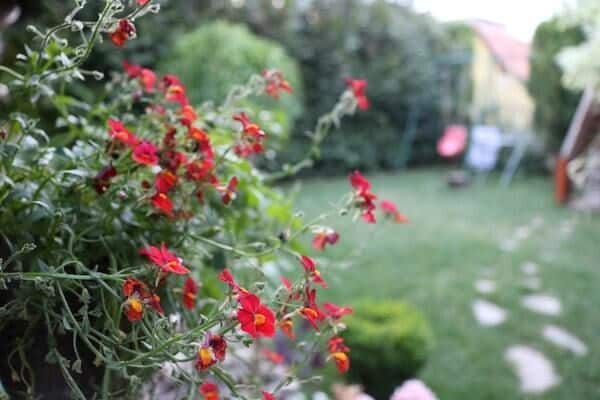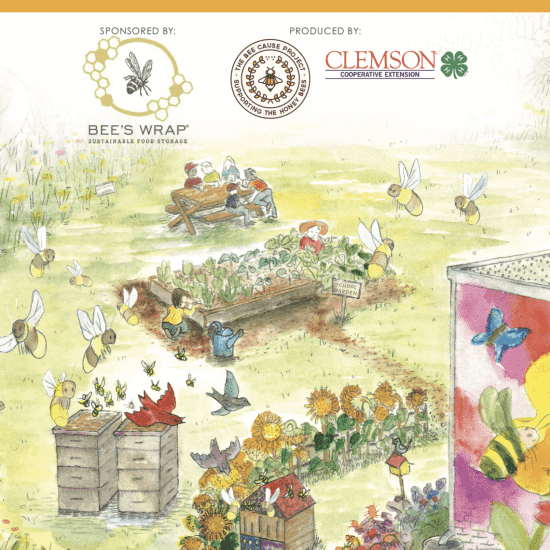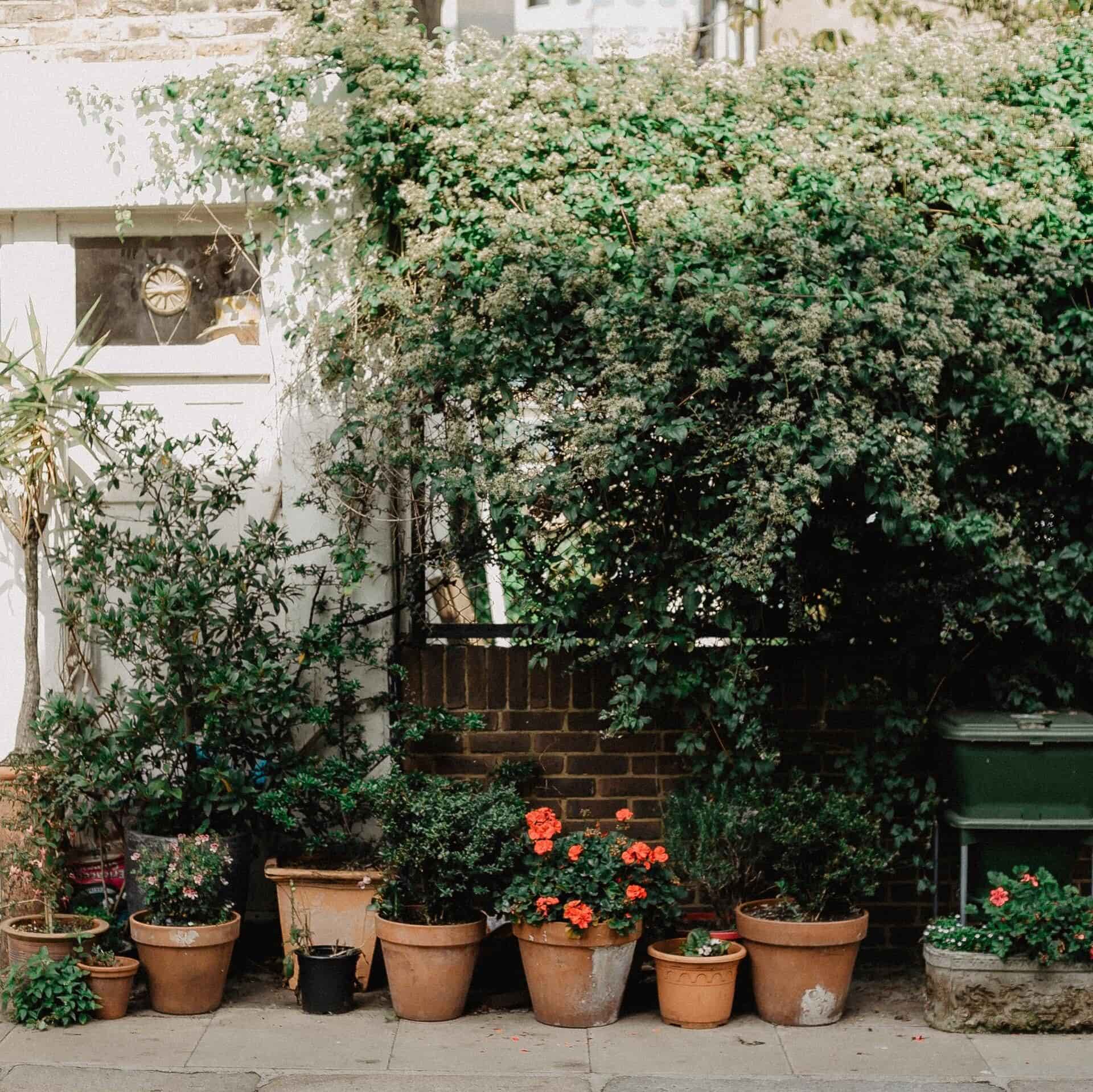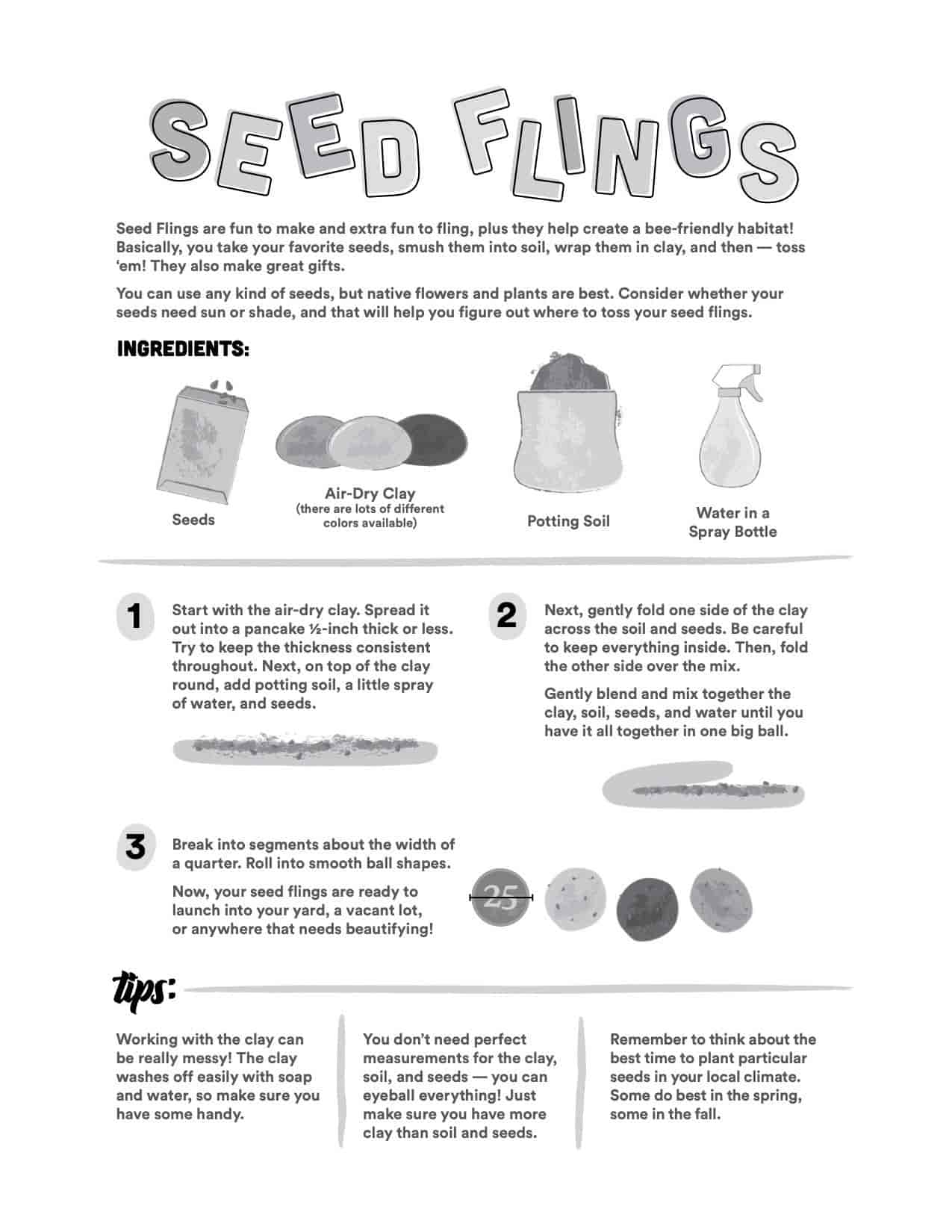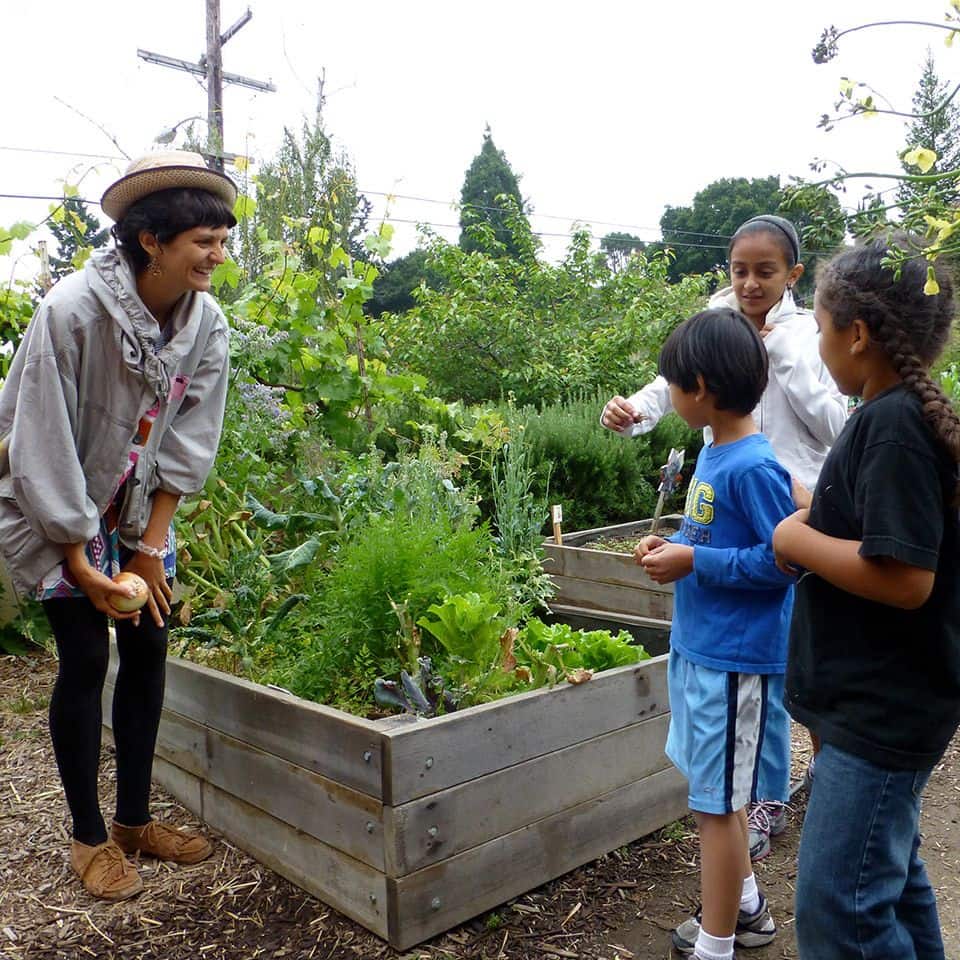Start In Your Own Backyard
(Or front yard, or balcony, or window box…).
You don’t need a whole field to make a difference. Planting even a few flowering plants or shrubs can provide a welcoming spot for pollinators. Flowering plants can add beauty, brightness and a nectar source. Plant a variety of shapes and colors, with diverse bloom times, to attract pollinators all season long. Try planting flowers in large clusters to create a one-stop shop for bees looking for nectar. This helps bees save energy and collect more nectar per trip.
For the ultimate hands-off approach, make part of your yard a “bee meadow” and don’t mow! Flowering “weeds” like dandelion and clover provide an important nectar source for bees. No yard? No problem. Try starting with small potted flowers or herbs on your porch or balcony.
Plant Native
Native trees, shrubs, vines and flowering plants can do more than beautify your yard and neighborhood. They’re an important nectar source for bees, birds, butterflies and other pollinators, and create a beautiful habitat for local wildlife.
Be aware of invasive species, which can proliferate and crowd out native plants and upset the balance of your area’s ecosystem. Just because a plant looks beautiful, doesn’t mean it’s a great fit for where you live. Contact your local university or garden shop if you have questions. Or catch a neighbor when they’re out weeding their flower beds — gardeners love to swap tips!
